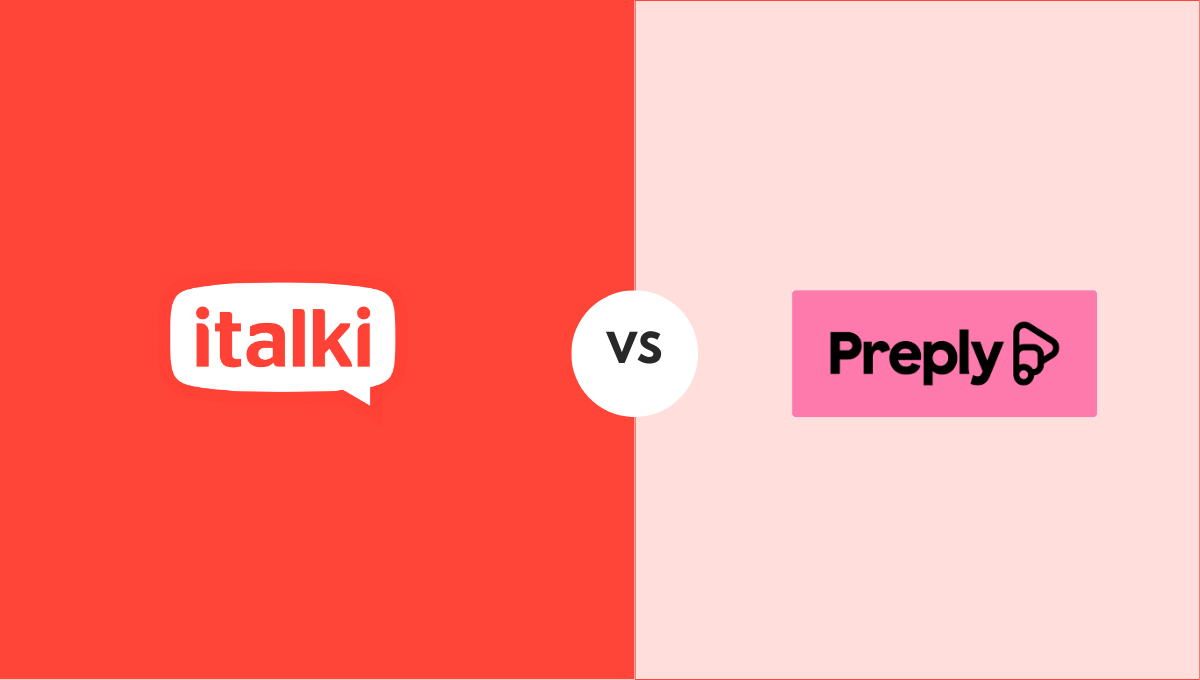Do you want to know how to say hi in German other than the standard hello and hi? And did you know that the proper way to say hello depends on where you are, what time it is, and who you are speaking with? As a German language learner, it is important for you to use the right phrase in the right situation.
This guide will teach you over 10 plus different ways to say hi in German. Don’t be concerned if this appears to be a lot. We will start with the most common greetings and work our way down to greetings that are only used in specific situations and contexts, so you will be able to greet someone in German in any situation and setting.
German is the most common native language in the European Union, spoken in Germany, Austria, and parts of Switzerland. While English is understood by more than half of Germans, knowing a little German will get you a long way. After all, Germany is the world’s fourth-largest economy and a key trading partner for the United States.
According to studies, it only takes a few seconds to make a first impression. The manner in which we greet is an important part of this. Even if your counterpart speaks English, greeting them in German shows that you have taken the time to learn about their language and culture.
If you want to learn German and its culture, we recommend you to get enrolled with italki. Here, you will find the most authentic and highly professional online German tutors with years of experience. You can choose the tutor according to your budget, learning requirements, and objectives. Book your lessons online and start learning!

Find Your Perfect Teacher
At italki, you can find your German tutor from all qualified and experienced teachers. Now experience the excellent language learning journey!
Book a trial lesson
Ways to say hi in German
Hello/ Hallo
“Hallo” is the most common way to say “hello” in German. This is a friendly greeting. It should only be used to greet friends and family. The word is pronounced as follows: /haˈloː/.
Good morning / Guten Morgen
This is used in the same way that the English greeting is. It can also be shortened to just Morgen, as in “Morning” for short in English.
Guten Abend / Good evening
This one is appropriate for the evening. It’s also used as a greeting, but not when saying goodbye, like the English version.
Guten Tag / Good morning
Although the literal translation of Guten Tag, “Good day,” sounds archaic in English, it’s still a very common greeting in German.
Guten Tag/ Good afternoon
Because there is no direct translation for “Good afternoon” in German, the closest thing you can say is Guten Tag. Although the German word for “afternoon” is Nachmittag, it cannot be used as a greeting.
Gute Nacht / Good evening
You can use Gute Nacht in the same way that you would say “Good night” in English i.e. just before going to bed.
If you want to learn German in three months, you need to get enrolled in an authentic German learning platform. Explore italki to find the best tutors, learning guides, and direction for yourself. This platform has made language learning super-fast and easier at the same time.
Wie geht es dir? / How are you?
How do you say “How are you?” in German? When speaking to a young person or someone you know well, use dir. Ihnen is the proper formal address for a stranger, especially an older person, as well as people in positions of authority.
In many English-speaking countries, it is customary to greet everyone you meet, including waitresses and shop clerks, with “How are you?” However, in Germany, this is not as common, so only use it with people you know.
Wie geht’s? / How’s it going?
This greeting is like Wie geht es dir, but more casual. This essentially means “What’s going on?” or “How are things going?” Because Geht’s is a shortened form of geht es, so Wie geht’s literally means “How goes it?”)
Use these greetings as you would the equivalent English phrases. Perfect for your classmates and friends, but not so much for your new boss or strict professor.
Was ist los? / What’s up?
This one can be confusing. It means the same as Wie geht’s i.e. what’s up, how’s it going, how’s it hanging?
Again, fine for casual conversation with young people. What you should remember about Was ist los? is that it can also mean “What’s the matter?” especially when a denn is thrown in.
Moin / Hello (Northern Germany)
In northern Germany, moin is a casual way of saying hello. It’s actually quite versatile, as it can also be used as a farewell.
But what does this strange little word actually mean? Though not entirely certain, it is thought to have originated from the Dutch phrase mooi or the Low German word moi, which both translate to “good.” You can also say Moin moin twice to make your greeting more enthusiastic and cute.
Servus / Hello (Southern Germany)
This is a southern greeting that can also be used to say goodbye. Servus may be heard in Bayern and Austria, as well as other parts of Central and Eastern Europe. Servus is derived from Latin and was originally a shortened version of the Latin phrase “At your service.”
Grüß Gott / Hello (Southern Germany and Austria)
This phrase is super helpful if you find yourself in Austria, Switzerland, or a region of southern Germany where these German greetings are used. In northern Germany, saying Grüß Gott will most likely surprise whoever you’re speaking with.
It literally translates to “God greets you,” and to someone who is not from the southern German-speaking regions, this may appear to be an old-fashioned way of greeting someone. However, you will undoubtedly hear it in places such as Bayern and Austria, so be aware if you visit these regions.

Test your language level
Are you ready to test your German skills? Whether you’re a beginner or an advanced learner, our test will help you gauge your strengths and areas for improvement. Don’t wait any longer, click now to take the test and see how well you know German.
Test Now
Frequently asked questions
Q. What is the difference between greeting a friend versus a professional acquaintance in German?
A. When speaking to a professional acquaintance, it is best to use a formal greeting like “Guten Tag,” whereas, with friends, you can use informal greetings like “Na?” or “Hello!” Another important distinction to remember is the difference between the informal “du” and the formal “Sie.” This distinction is crucial in distinguishing between the informal “Grüß dich!” and the formal “Grüß Sie!”
Q. How do you greet someone in writing?
A. You can start a letter with “Lieber…” (If you are addressing a man) or “Liebe…” (If you are addressing a woman). This is the equivalent of the English “Dear” When writing to somebody in a more formal setting, you can use “Sehr geehrte…” (If you are addressing a woman) or “Sehr geehrter…” (If you are addressing a man).
Conclusion
If you are unsure about some of these greetings or when to use them, look for resources where you can watch native speakers use them in context. You can learn more about greetings and which ones native speakers use by watching YouTube channels. You can even look for German talk shows that use these greetings frequently. With these resources, you can also learn other greetings such as saying goodbye in German.
Try learning greetings like hi, goodbyes, or sorry in the German language by keeping in mind the context. It will help you understand German culture and its people in a better way.
Want to learn a language at italki?
Here are the best resources for you!
















